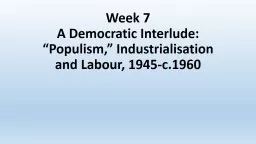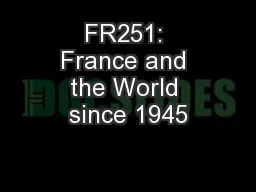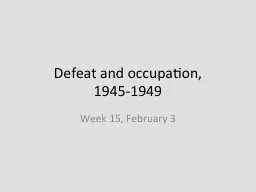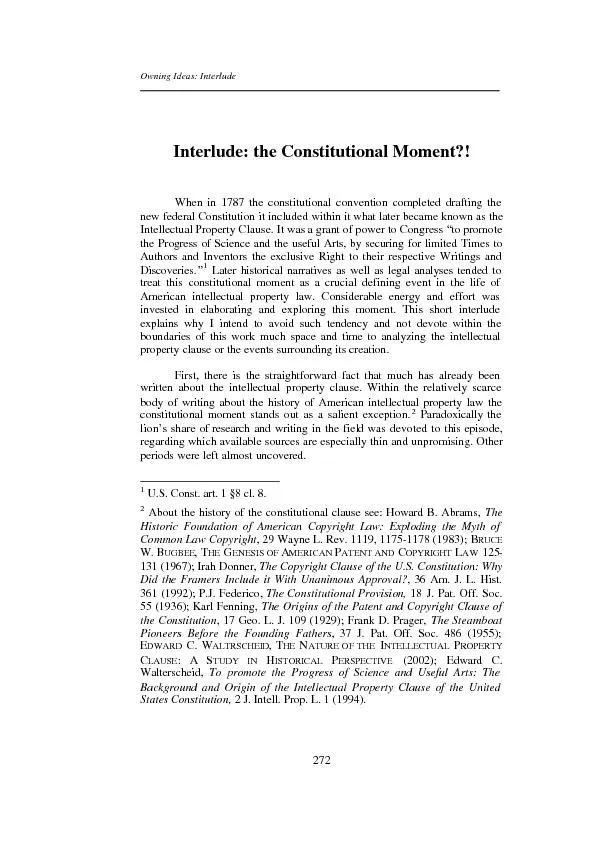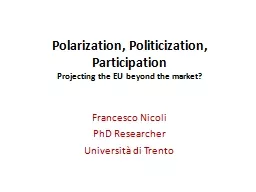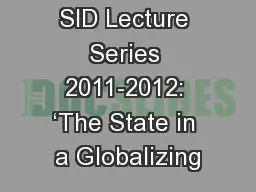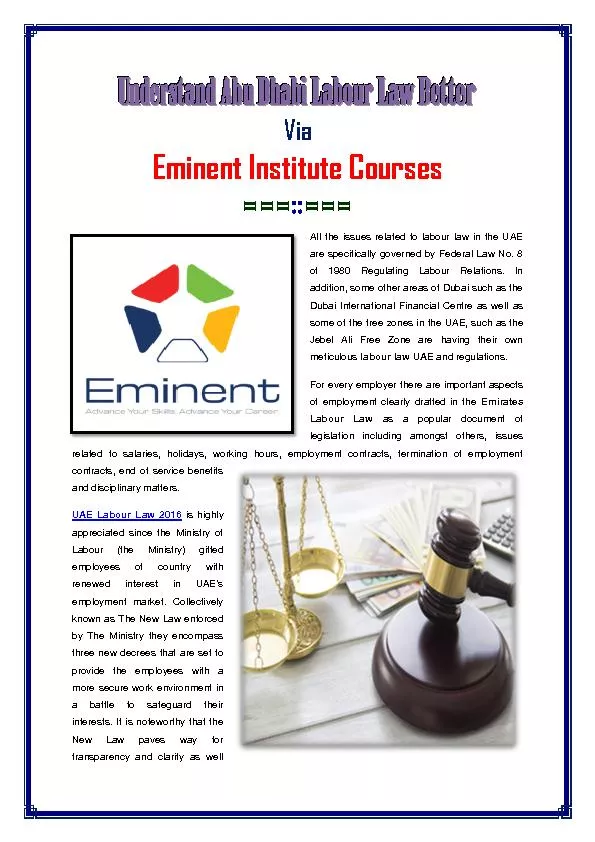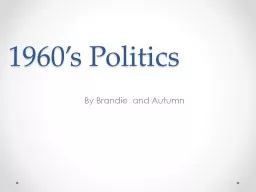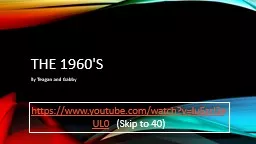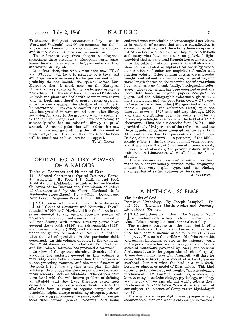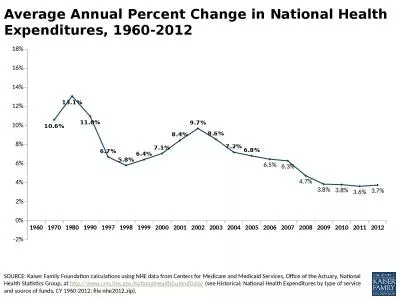PPT-Week 7 A Democratic Interlude: “Populism,” Industrialisation and Labour, 1945-c.1960
Author : luanne-stotts | Published Date : 2018-12-24
This week Vargas return as populist democrat Populism significance and pitfalls of the term Populism and organised labour Industrialisation uneven growth Internal
Presentation Embed Code
Download Presentation
Download Presentation The PPT/PDF document "Week 7 A Democratic Interlude: “Popul..." is the property of its rightful owner. Permission is granted to download and print the materials on this website for personal, non-commercial use only, and to display it on your personal computer provided you do not modify the materials and that you retain all copyright notices contained in the materials. By downloading content from our website, you accept the terms of this agreement.
Week 7 A Democratic Interlude: “Populism,” Industrialisation and Labour, 1945-c.1960: Transcript
Download Rules Of Document
"Week 7 A Democratic Interlude: “Populism,” Industrialisation and Labour, 1945-c.1960"The content belongs to its owner. You may download and print it for personal use, without modification, and keep all copyright notices. By downloading, you agree to these terms.
Related Documents

